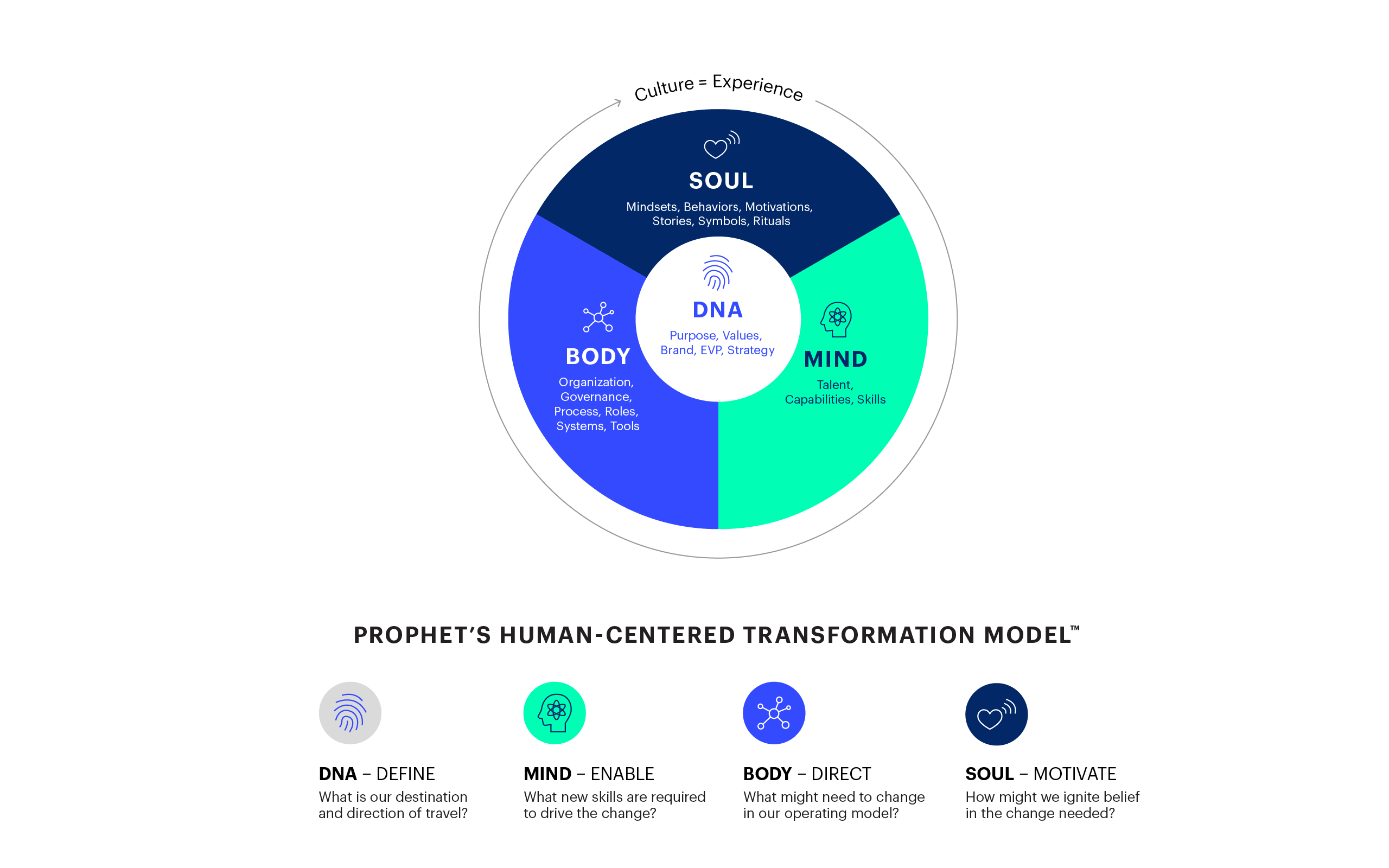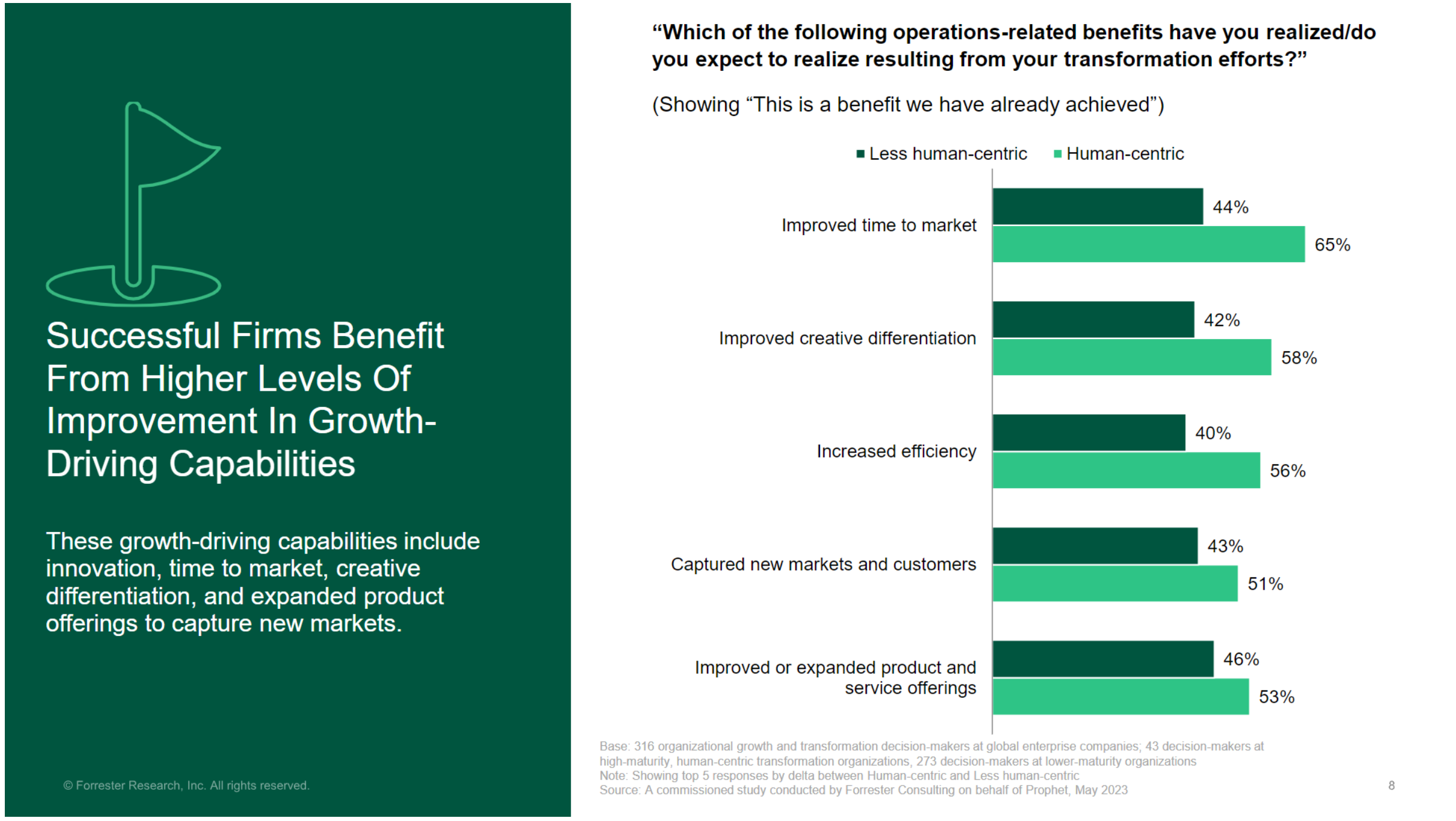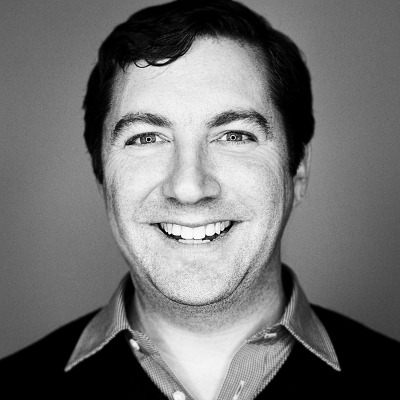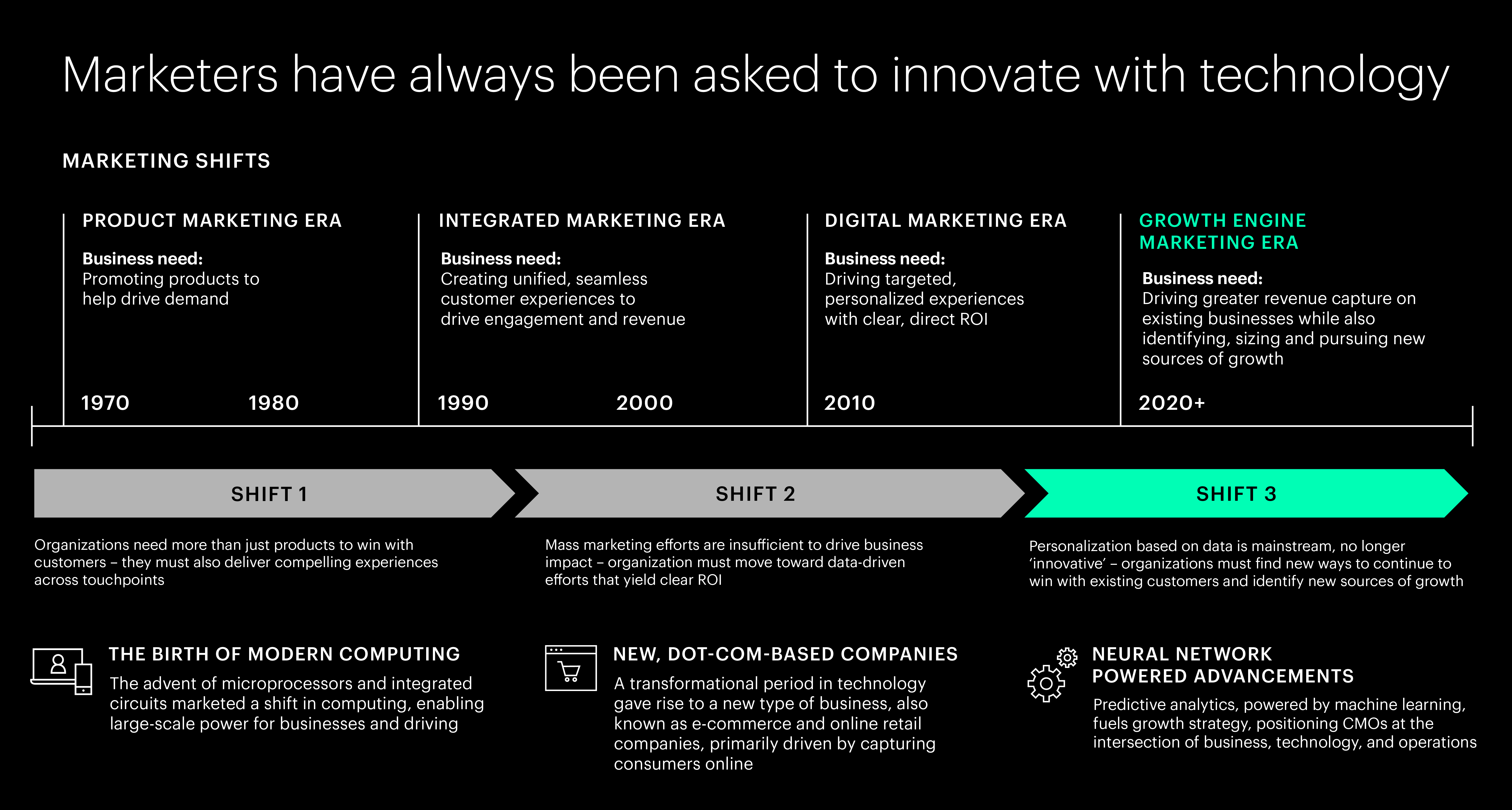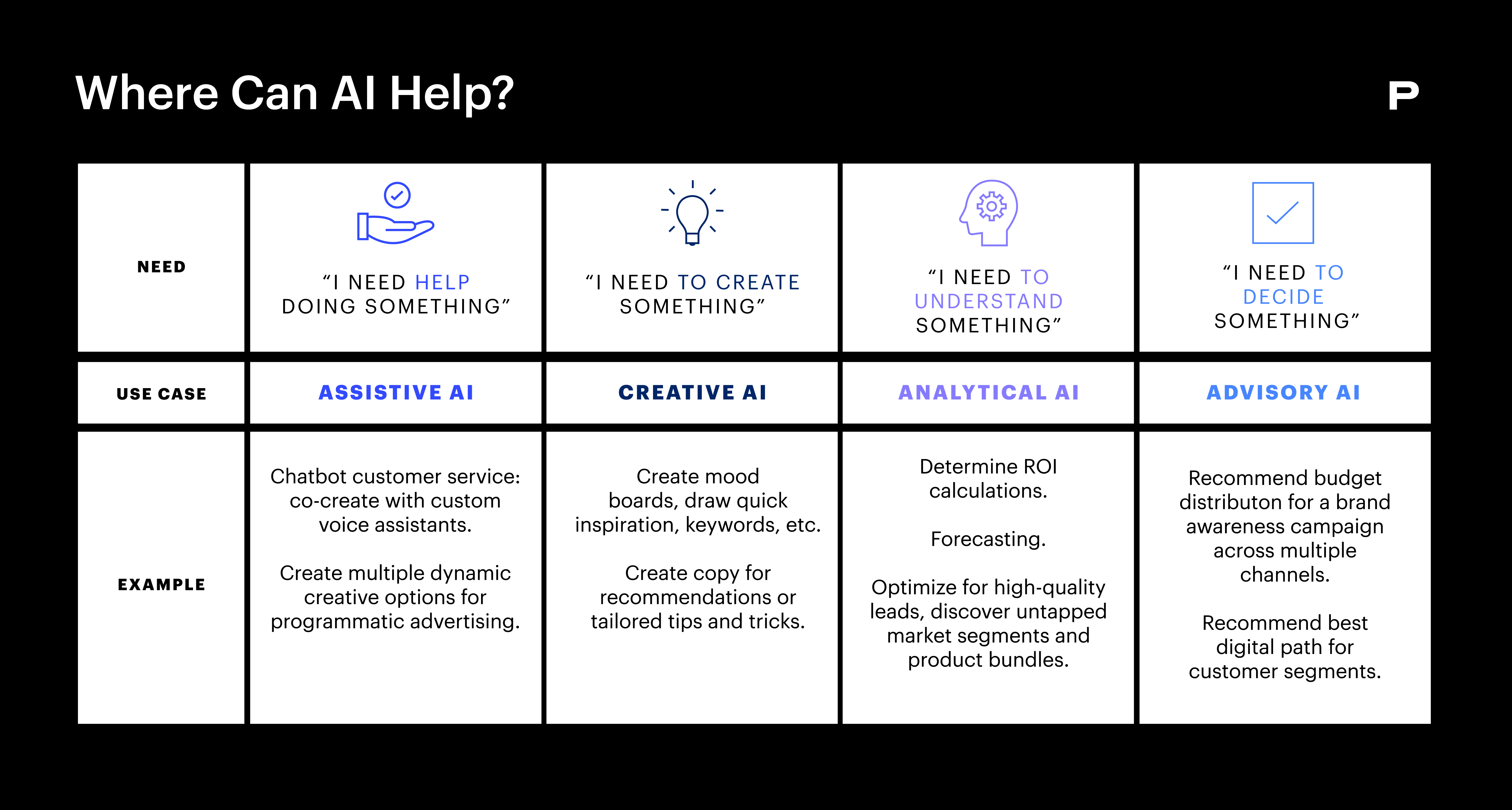BLOG
2023 Brand Winners and Losers: From Taylor Swift, Ozempic and Open AI, to Elon Musk and X, WeWork and Delta Airlines
See our annual list of the most relevant brands and those that missed the mark.
In the dynamic landscape of 2023, the year unfolded with notable brand winners and losers. From AI formally entering our daily lexicon to Elon leaving most of us scratching our heads, the year was truly memorable. To start, noteworthy comebacks were observed with Peloton, UGG, and Cameo (tied to its new savior, George Santos), while Dollar General gained relevance among millennials. On the flip side, Macy’s, Rite-Aid, and Bed Bath & Beyond faced waning – even disappearing – relevance. Once again, we saw Marriott rule the world, launching its 500th luxury hotel, while stalwart brand winner Unilever admitted it lost its purpose-based way. J.P. Morgan seamlessly absorbed First Republic Bank, while Goldman Sachs and Apple had a breakup, in which the financial powerhouse got the short end of the PR stick. The MLB had its Ohtani moment, the NFL continues to have its pop-star moments, the NBA and NHL welcomed new teenage superstars, Victor Wembanyama of the Spurs and Connor Bedard of the Blackhawks, and Messi continues his enduring reign in the soccer world by joining MLS.
BeReal, a darling a year ago, is now facing BeReality, similar to both Impossible and Beyond’s daunting market growth challenges. And no one’s sure what to make of the streaming platforms in 2023 as they continue to multiply, fragment and push confusing price tiers. Although the O.G, Netflix, continues to hum along, with revenues growing to $33 billion, and its wildly successful (and somewhat controversial) ad-supported plan coming in for the bargain price of $6.99. Speaking of an O.G., Bravo certainly had a year for the ages, with its massive Scandoval zeitgeist moment on Vanderpump Rules. In contrast, Marvel had its worst year since before Iron Man, who may need to come back and save the day, and Max bid farewell to its older sibling, HBO.
Speaking of the big screen, who had Beyonce and Taylor Swift’s box office grosses rivaling those of their concerts or A24 being a studio with a business model that would survive two crushing strikes? We can’t talk about brand winners and losers without mentioning Amazon, a multi-year past brand winner, which, in a testament to its enduring prowess, surpassed $35 billion in BTB sales, a marketplace not officially launched until just over five years ago. Or TikTok, which just launched their e-commerce shop with the potential to disintermediate traditional big-box players – we’ll be looking to 2024 to see how this one shakes out.
To get to the best and worst brands, I once again turned to my 600 global Prophet colleagues for their take on 2023’s biggest brand winners and losers. Unsurprisingly, there was very little debate on which brands ended up on top and which sunk to the bottom. Without further ado, here are 2023’s brand winners and losers.
2023 Brand Winners
Taylor Swift
Taylor Swift ‘enchanted’ us all this year, achieving brand strength and longevity that few, if any, can match. Her widespread appeal transcends generations and demographics, even extending into sports where although she may be dating Travis Kelce, the NFL has its own love story with the pop megastar. Swift’s dominance in the entertainment industry is indisputable, with her Eras tour poised to become the first to gross over a billion dollars and subsequently generate substantial economic impact in the cities and countries visited, a phenomenon coined the “Taylor Effect.” As Time Magazine articulated in its Person of the Year article, “She’s the last monoculture left in our stratified world.”
Ozempic
Dubbed “the worst-kept secret in Hollywood,” the soaring popularity of Ozempic and other semaglutide medications has become an industry spectacle. Originally conceived to assist diabetes patients in blood sugar management, the unexpected side effect of rapid weight loss has led to skyrocketing popularity. The medication is now in high demand, not only from those who can genuinely benefit but also from individuals seeking a swift solution for shedding extra pounds. With weight loss industry leaders such as, WeightWatchers and Noom taking notice, and strategically integrating semaglutide into their 2023 offerings, we likely won’t see the last of the Ozempic craze in 2024.
Barbie/Mattel
What an extraordinary moment for an iconic brand that had everyone embracing pink this year! The Barbie movie concluded its unprecedented 12-week run at the box office with an impressive $1.43 billion in ticket sales and multiple records – including highest-grossing film of 2023 and Warner Brothers’ all-time highest-grossing film. Barbie’s impact extended beyond the theaters too, creating a vast ecosystem of partnerships, media coverage, and consumer engagement. From the Barbie Malibu Café to a real-life Dreamhouse available on Airbnb, curated experiences helped to drive engagement and connection to both the film and the iconic brand.
Open AI/Chat GPT/Sam Altman
In November 2022, the San Francisco-based startup Open AI unveiled ChatGPT, a chatbot demonstrating the remarkable ability to generate human-like responses. Though not the first of its kind, ChatGPT’s meteoric rise was unrivaled, growing from a niche online phenomenon to amassing a staggering 100 million monthly users in only two months – a faster user growth rate than both Instagram and TikTok combined. However, it’s important to note the past year has not been all smooth sailing as moral and privacy concerns continue to mount, around the use or misuse of AI. Nonetheless, Open AI, ChatGPT and Sam Altman have collectively captured both our attention and imaginations.
Microsoft
Despite the allure of flashiness, Microsoft has continued to impress, solidifying its position as a dominant force in the business world. Microsoft’s enduring spirit of innovation was put on display with its shrewd investment in OpenAI, highlighting a commitment to staying at the forefront of emerging technologies. With its adept handling of the OpenAI situation involving Sam Altman, and CEO Satya Nadella quickly jumping in to announce support for both parties, Microsoft’s brand image was cemented as THE leader in AI, further underscoring Microsoft’s strategic acuity.
2023 Brand Losers
Elon Musk and X
In a span of just over a year, Elon Musk’s reputation transformed from eccentric billionaire to controversial narcissist, with disruptive influence on terrestrial and space domains. The pivotal shift occurred with his $44 billion acquisition of Twitter and subsequent rebrand to X. Musk, known for reshaping industries, overhauled X, eliminating checks and balances present on other social media platforms. This ultimately positioned X as a haven for conspiracy theorists– with Musk even personally amplifying attacks on traditional media. And the reinstatement of divisive figures like Alex Jones eroded more goodwill in the past 12 months than I’ve observed in the past 25 years of studying brands.
Shein
Despite its upcoming monumental IPO surpassing the $100 billion mark, its popularity on Instagram, and endorsements from influencers like Khloé Kardashian, the stark reality of Shein reveals a troubling history of human rights violations and an environmentally unsustainable business model. The fast fashion giant, as reported by Time Magazine, leaves a staggering 6.3 million tons of carbon dioxide annually in its wake, raising concerns about its impact on both the environment and employee rights, within and outside of China. As Shein’s financial success continues to rise, the question looms: when will consumers become more conscientious about the implications of supporting such practices?
WeWork
Former brand winner WeWork filed for bankruptcy earlier this year, finally putting a pin in Adam Neumann’s world domination plans for good. A combination of inflated egos, financial mismanagement, problematic leases, conflicts with landlords and realtors, unhappy tenants, and the impact of COVID contributed to the unraveling of WeWork’s grand plan to transform the workplace with stylish offices featuring perks like free beer, game rooms, and abundant food. While some iteration of WeWork may persist in the future, the company’s valuation, once at $47 billion just four years ago, has plummeted to $45 million, prompting a restructuring plan for 92% of the company’s secured debt.
Delta
Sometimes a good business can have a bad brand year, and this is the case with Delta. The airline’s shift this past year towards a spending-based status system, coupled with restricted airport club access, encountered widespread social media criticism, helping competitors sweep formerly loyal customers. Acknowledging the misstep, Delta’s CEO Ed Bastian, recently signaled a reevaluation, stating, “I think we moved too fast, and we are looking at it now.” Yet, amid additional challenges such as a biohazard emergency on a flight from Atlanta to Barcelona and reported on-time performance issues, Delta continues to navigate brand setbacks, aiming for a more positive trajectory in the year ahead.
NCAA
In 2023, the NCAA underwent a profound transformation, shifting from modest to sprawling and self-indulgent – prioritizing its interests over those of student-athletes. The advent of NIL deals for high school players, a dynamic transfer portal encouraging shifts from smaller schools to powerhouses, and burgeoning TV deals paving the way for 20-team super leagues resembling professional sports all mark a departure from collegiate ideals. Moreover, scrutiny is warranted on the substantial seven-figure salaries for college sports coaches and administrators. Amidst these changes, the question arises: when will this trajectory cease, and how will mid-tier athletes navigate the evolving landscape?
FINAL THOUGHTS
As mentioned, 2023 was one for the brand winner/loser record books. I would love to hear from you – which brands do you think were the biggest winners and losers this year?




